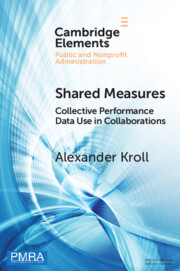Element contents
Shared Measures
Published online by Cambridge University Press: 15 February 2022
Summary
Keywords
- Type
- Element
- Information
- Online ISBN: 9781108933025Publisher: Cambridge University PressPrint publication: 17 March 2022
References
- 13
- Cited by



